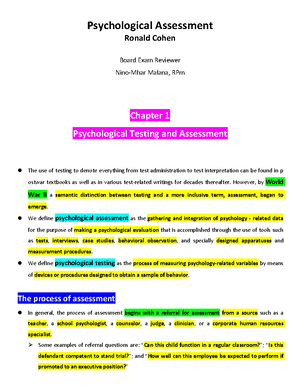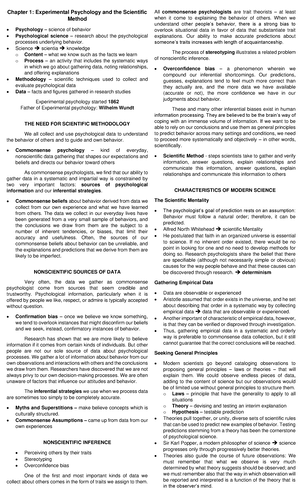- Information
- AI Chat
Was this document helpful?
Disaster Preparedness from a Student’s Point of View
Course: BS Psychology
999+ Documents
Students shared 2875 documents in this course
University: Polytechnic University of the Philippines
Was this document helpful?

Disaster Preparedness from a Student’s Point of View
Throughout history, disaster naturally may include earthquakes, cyclones, floods, and
drought. Minor disasters naturally include storm, heat, waves, cold waves, mudslides,
and thunderstorms. The major disasters that may occur in man-made activities include
deforestation, fires, and pollution due to some activities. It is impossible for a day to
pass without news about complex or major emergencies happening in different parts of
the world as disasters continue to strike causing destruction to both developed and
underdeveloped countries.
In my 20 years of existence, I have experienced some major and minor disasters. I am
not an expert when it comes to disaster preparedness as I just lived up to adulthood. My
experiences are not much, but I have read a lot of materials and watched a lot of videos
about it. For me, preparing for disasters is like preparing to stay alive. Whether major or
minor disaster, as long as it risks human lives, it matters. Preparing for disasters means
setting up and developing activities that will prevent deaths and minimize damages.
This includes proper building foundations, modernized societal structures, and more
relevant back-up plans for disasters. A safe and non-hazardous environment means an
eased people. Before we prepare for our individual safety, Let us first consider the
problems that we might face that align with the risks and disasters in our community.
As a student, I have deeply realized that there’s so many changes that are needed in
our City that will help lessen the possibility of worst cases during calamities. One
problem that needs to be addressed immediately is the drainage system in the whole
City. If this problem won’t be fixed, there’s a high risk possibility even from a slight rain.
And one thing I learned is also how we should not just be physically ready, but also
mentally, and emotionally prepared. To experience a disaster is emotionally devastating.
But if we’ll help ourselves to be prepared, we can lessen the chance of having PTSD or
Post Traumatic Stress Disorder. Once the needs of emergency are satisfied, and the
crisis is over, all people that were affected together with the community supporting them
remain vulnerable. In other words, being adequately equipped is the key element of
proper disaster management for every country.









